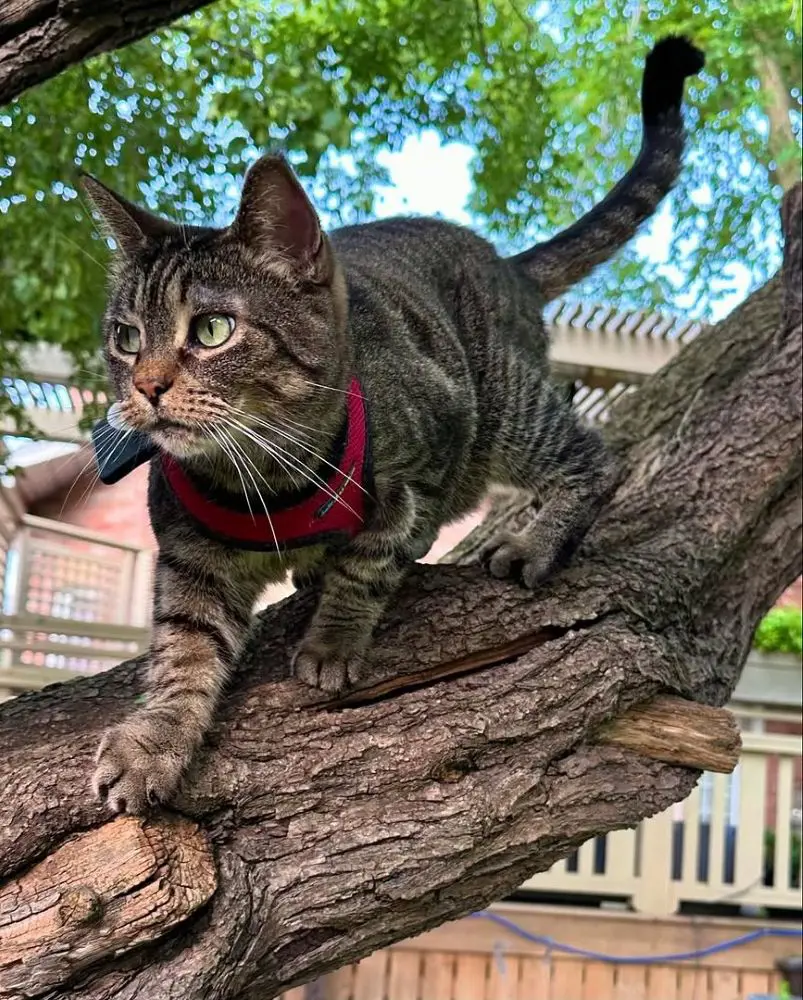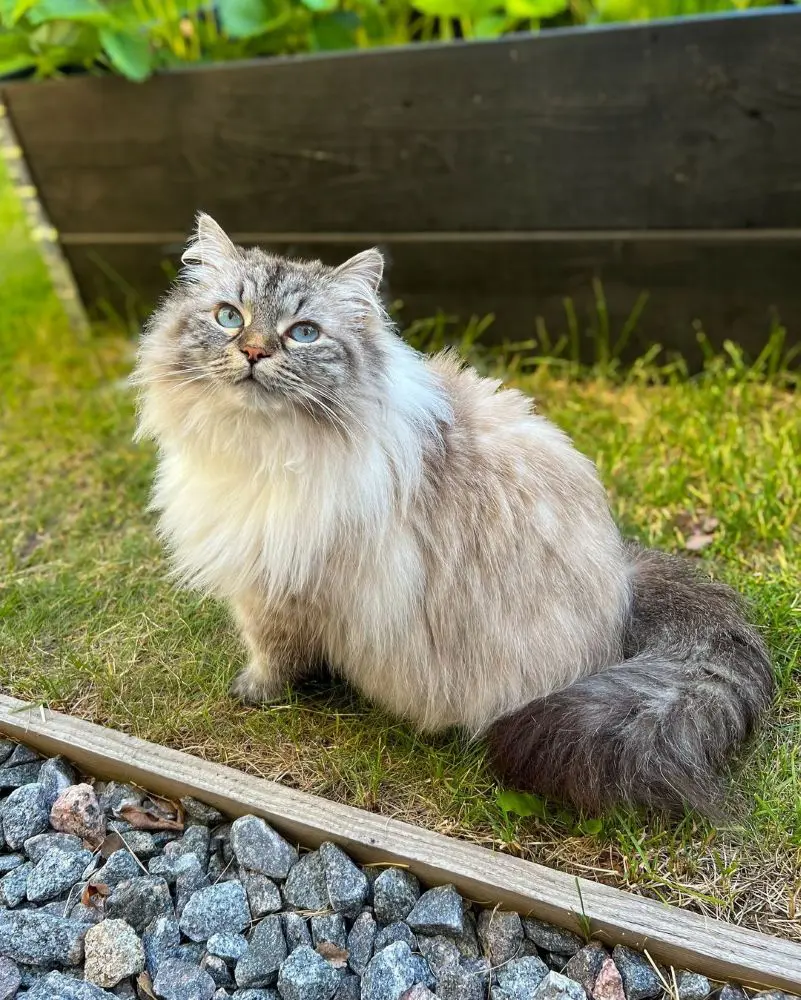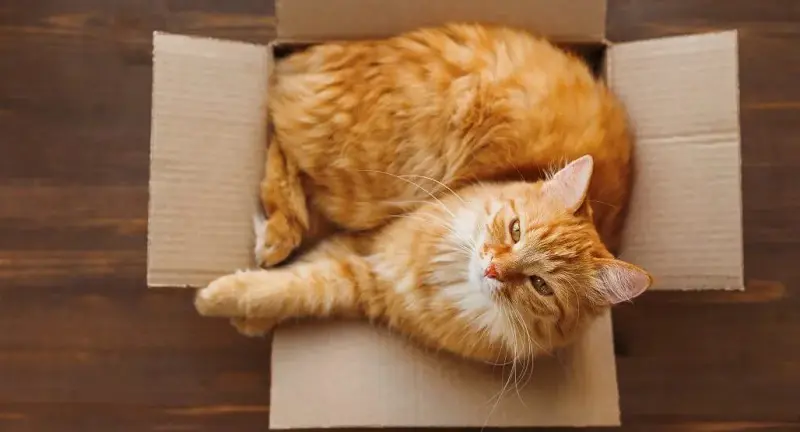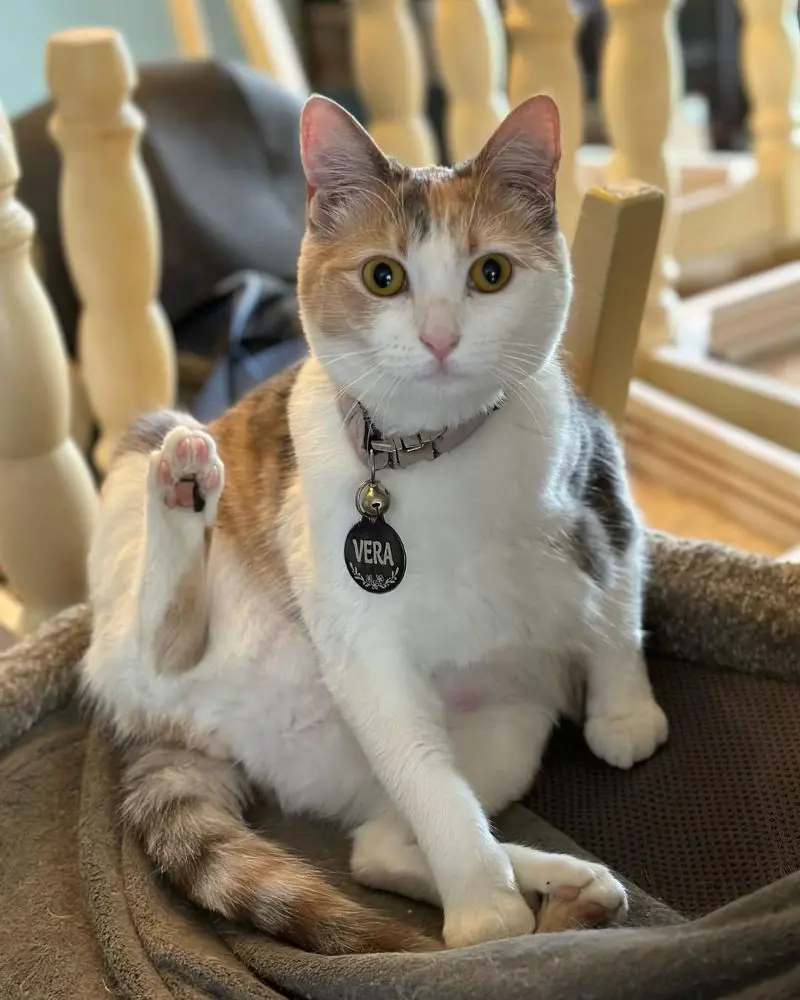Do Cats Get Cold, How Cold Is Too Cold For Cats?

Cats are fascinating creatures with unique physiological and behavioral traits. While they are reputed for being independent and adaptable, it’s crucial to understand their limitations when dealing with cold weather.
Cats are resilient but not invincible. As responsible pet owners, we must ensure their comfort and safety, particularly in cold weather. By understanding how cold affects them, providing adequate protection, and recognizing the signs of distress, we can help our feline companions thrive year-round.
This article explores whether cats get cold, the risks of exposure to low temperatures, how to protect them, and what precautions to take.
Do Cats Get Cold?
Yes, cats can get cold just like humans and other animals. Despite their fur, cats are not immune to the effects of chilly weather. Their comfort and safety depend on factors such as their breed, age, health, and whether they are acclimated to outdoor living.
When exposed to cold conditions for extended periods, cats can experience discomfort, hypothermia, or frostbite.
How Cats Handle Cold Temperatures
Cats are endothermic animals, meaning they generate their own body heat. However, they have their limits. Their fur provides insulation, but not all cats are equally equipped to handle the cold:
-
Thicker Coats: Breeds like Maine Coons and Siberian cats have dense, water-repellent coats that provide better protection against the cold.
-
Short-Haired Breeds: Cats like the Siamese or Sphynx (which has no fur) are more susceptible to cold weather.
-
Fat Layer: Cats with a healthy layer of body fat fare better in cooler temperatures than underweight cats.
Despite these adaptations, prolonged exposure to cold can be harmful to any cat.
How Cold Is Too Cold for Cats?
Generally, temperatures below 45°F (7°C) are too cold for most domestic cats. While some hardy outdoor cats may tolerate slightly lower temperatures for short durations, prolonged exposure below this threshold can lead to health issues.
Signs That a Cat Is Too Cold
-
Shivering: A clear sign that their body is struggling to maintain warmth.
-
Cold Ears, Tail, or Paws: These extremities lose heat quickly.
-
Lethargy: Cold cats may move less to conserve energy.
-
Seeking Warmth: Curling up in tight spaces or staying near heat sources.
Risks of Cold Weather for Cats
-
Hypothermia: Occurs when a cat’s body temperature drops below the normal range of 100.5°F to 102.5°F.
-
Frostbite: Prolonged exposure to freezing temperatures can damage tissues, particularly in the ears, tail, and paws.
How to Protect Cats from Cold Weather
Indoor Cats
-
Warm Environment: Ensure the indoor temperature remains comfortable for both humans and cats (above 70°F is ideal).
-
Soft, Warm Bedding: Provide plush beds, blankets, or heated pads in their favorite spots.
-
Draft-Free Areas: Seal windows and doors to eliminate cold drafts.
Outdoor Cats
For outdoor or feral cats, consider these measures:
-
Shelter: Provide insulated shelters with small entrances to retain heat and block wind.
-
Bedding: Use straw (not hay) as it doesn’t retain moisture and keeps cats dry.
-
Food and Water: Offer extra food during winter as they burn more calories to stay warm. Ensure water doesn’t freeze.
-
Check Vehicles: Cats may crawl under cars or into engine bays for warmth. Always check before starting your car.
Clothing and Accessories
Some cats may benefit from wearing sweaters or jackets. However, not all cats tolerate clothing, and care should be taken to ensure they can move freely and aren’t stressed.
Precautions to Take in Cold Weather
-
Limit Outdoor Time: Avoid letting cats roam outdoors for extended periods during cold weather.
-
Regular Health Checks: Senior cats and those with health conditions (e.g., arthritis or diabetes) are more sensitive to cold and should be monitored closely.
-
Microchipping: Ensure your cat is microchipped and wears an ID tag in case they get lost while seeking warmth.
-
Prevent Dehydration: Cold air is dry; ensure your cat drinks enough water.
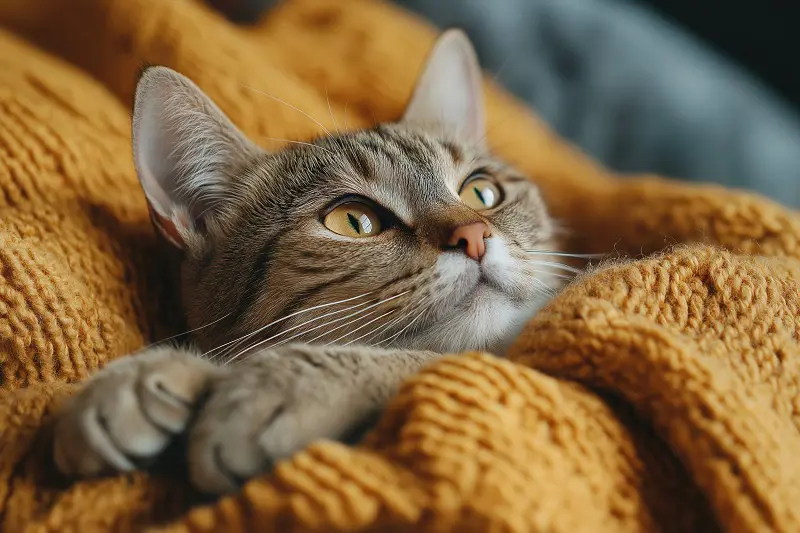
Cold Weather Breeds vs. Warm Weather Breeds
Cold Weather Breeds vs. Warm Weather Breeds
Cold-Adapted Breeds
-
Maine Coon: Thick fur and robust build.
-
Norwegian Forest Cat: Adapted for Scandinavian winters.
-
Siberian: Dense, water-resistant coat.
Warm-Weather Breeds
-
Siamese: Short, fine coat that’s more suitable for warmer climates.
-
Bengal: Sleek, short fur that’s less insulating.
-
Sphynx: Hairless breed requiring constant warmth.
Understanding your cat’s breed and natural adaptations can help you tailor their care.
What to Do If a Cat Gets Too Cold
Steps to Warm a Cold Cat
-
Move Indoors: Bring the cat into a warm, draft-free area.
-
Provide Warmth: Use blankets or a heating pad set to low. Never place them directly on a heat source.
-
Monitor Their Condition: Check for signs of hypothermia or frostbite. If the cat is unresponsive, seek veterinary attention immediately.
-
Gradual Heating: Warm the cat slowly; rapid temperature changes can be harmful.
When to See a Vet
Seek veterinary care if:
-
The cat’s temperature drops below 99°F.
-
They show signs of frostbite (e.g., pale, icy, or blackened skin).
-
They are lethargic, disoriented, or unresponsive.
Myths About Cats and Cold Weather
-
"Cats Can Handle the Cold Because They Have Fur": While fur provides some insulation, it is not sufficient for extreme cold.
-
"Outdoor Cats Can Survive Any Winter": Without shelter, food, and care, even outdoor cats are at risk.
-
"Cats Don’t Get Hypothermia": Cats are susceptible to hypothermia just like any other warm-blooded animal.
Recent posts
Cats
Why Cats Run Away?
Getting a cat to stay indoors is a challenge most cat owners face, especially if their pet is used to roam outdoors. While dogs can be easily confined indoors, cats are excellent climbers who can squeeze through the tiniest of holes. What is you wake...
How To Find A Lost Cat
You wake up one morning and notice that your cat is gone. This is a recurring scenario that many pet owners experience, particularly in cats who were previously feral. In normal circumstances, your cat will return in a few hours or the next day. Howe...
18 Low Maintenance Cat For Busy Owners
Adopting a cat as a busy owner can be hard as it requires a big commitment and care. There are several cats that do not require much effort and are perfect for those with hectic schedules. It is important to understand their grooming needs along with...
Why Do Cats Like Boxes
Anyone who has spent significant time around a cat is familiar with the purring creature’s love of boxes and other small spaces. Immediately after you remove an item from its cardboard container, your furry feline friend checks out the empty bo...
Cat Toe Beans: 10 Surprising Facts About Feline's Feet
Also referred to as digital pads, cat toe beans are by far one of the most adorable features in a domestic feline. While these soft beans look vulnerable, the pads are extremely handy in movements across rough terrains or other activities like climbi...
How Many Teeth Do Cats Have?
Cat teeth are important for survival and daily life because they help cats hunt, tear meat, and eat easily. Their teeth are viewed not only as functional but also as indicators of their overall health. Grooming is one function these teeth serve, alon...
